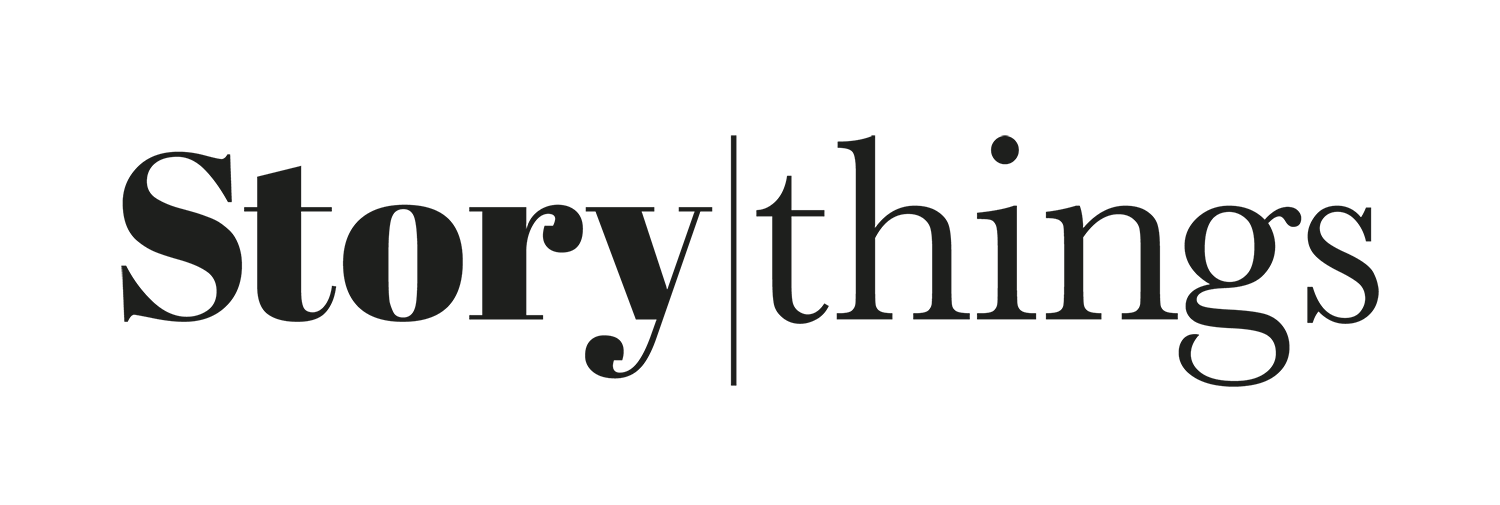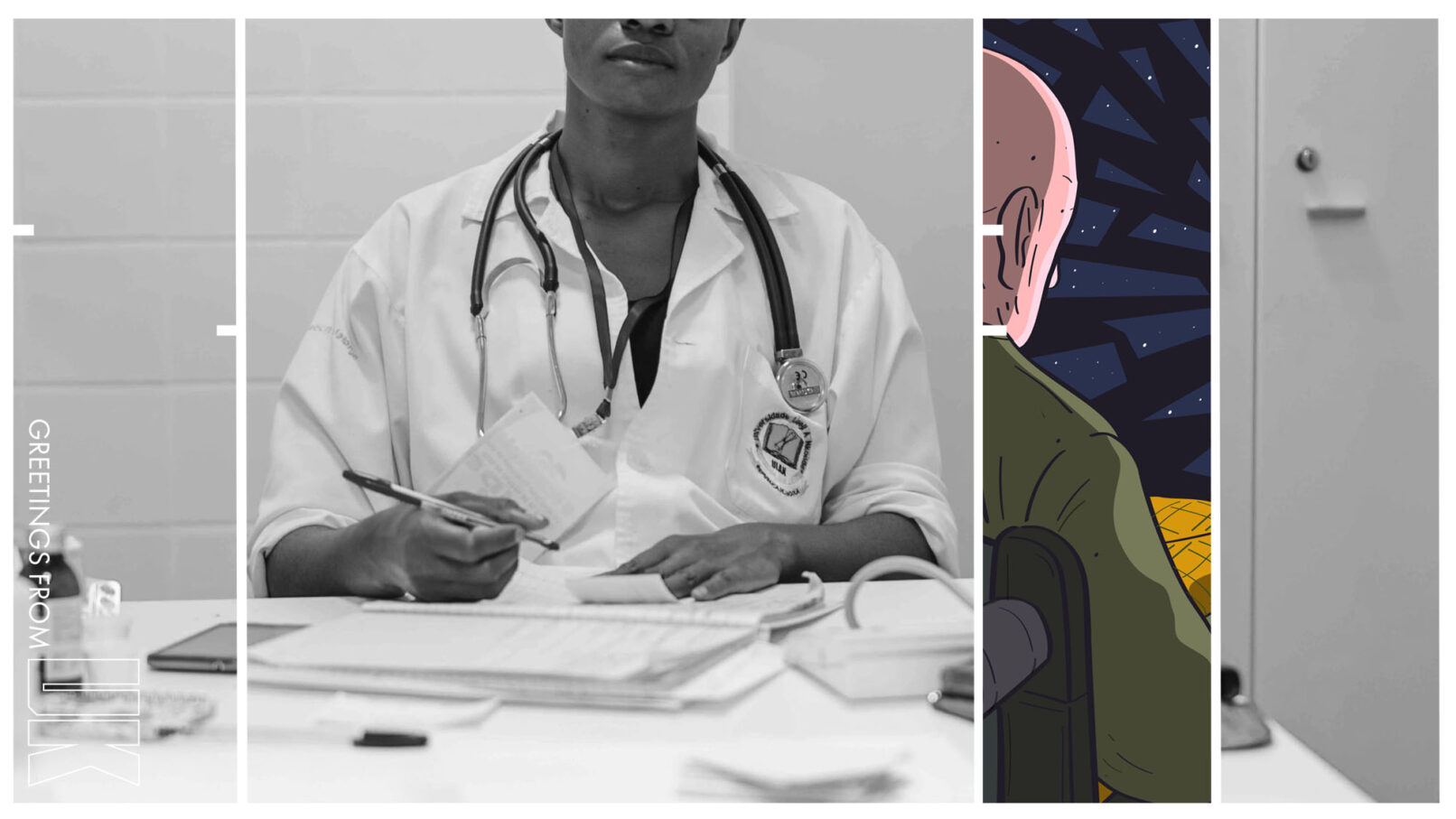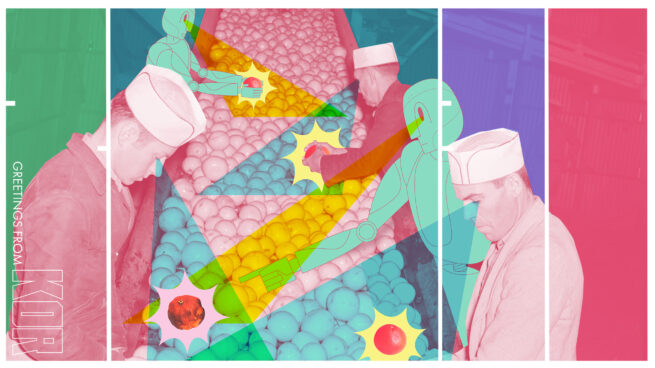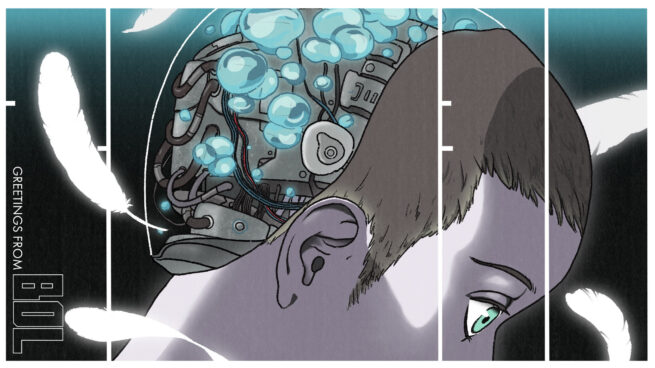It is hard to talk about healthcare without the conversation becoming political. We found Gita Ralleigh’s narrative about carers looking after a patient in his old age in a fictional 2031 to be politically astute, touching and intriguing. Priya Banati’s story is no less touching – and as a professional who is currently working with NHS staff at the Health Foundation, we think her take on ‘Glass Cage’ is a must-read. She also uses the Five Things I Learned format, but in a very different way to Abadesi Osunsade. That’s why formats are so interesting – they’re structures that give the handrails, but allow for so much to happen in between.
We’re currently working on re-inventing an innovation project for a healthcare client, and have helped the Wellcome Trust explain why it’s important for governments to back Antimicrobial Resistance, as well as helping them visually represent their Theory of Change. We’d love to help you with any similar issues you’re grappling with – reach out for a chat!



